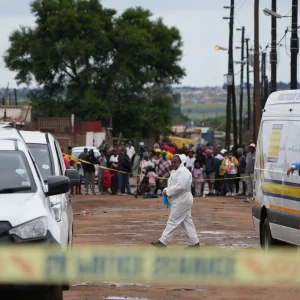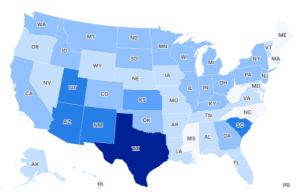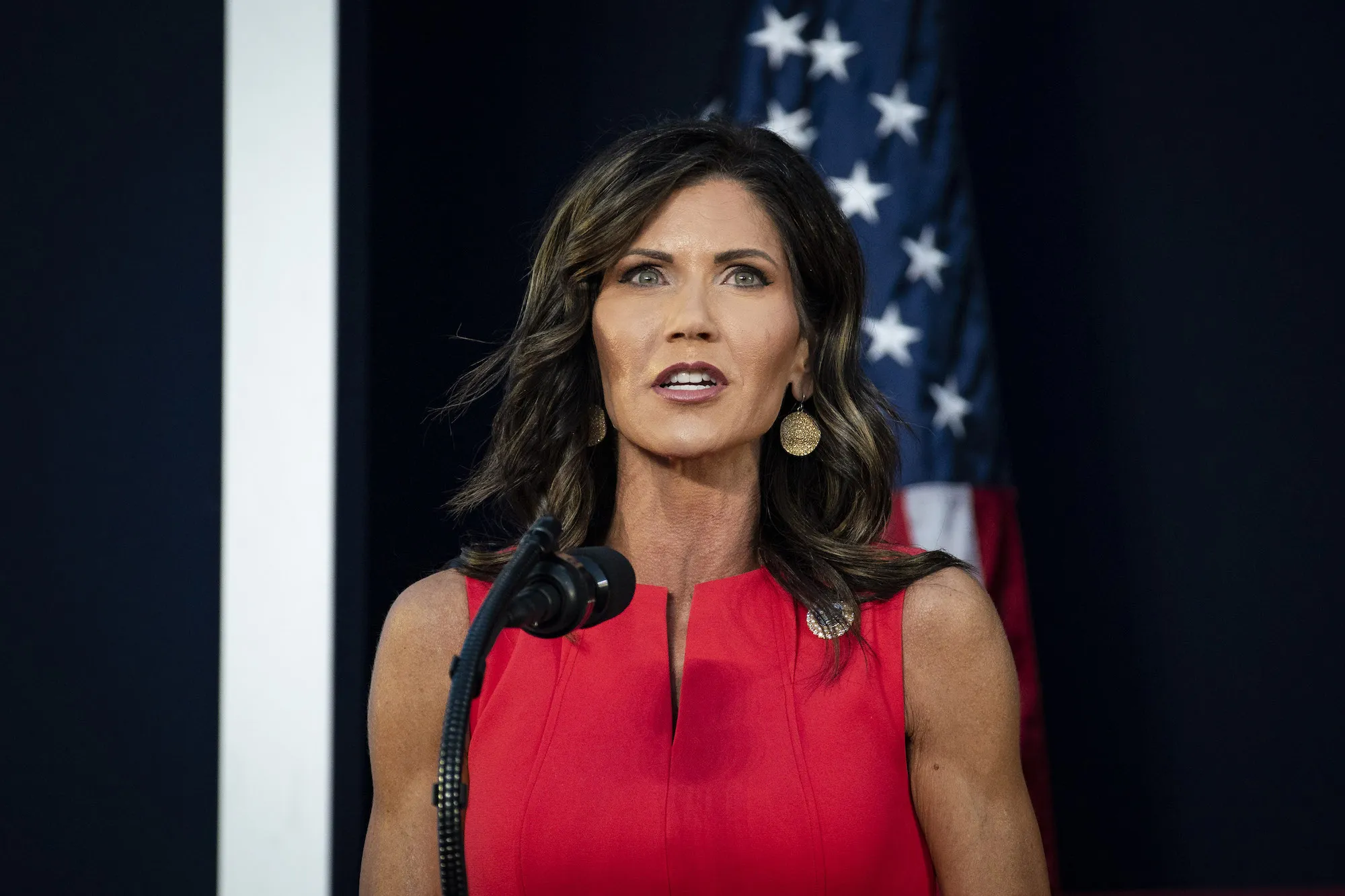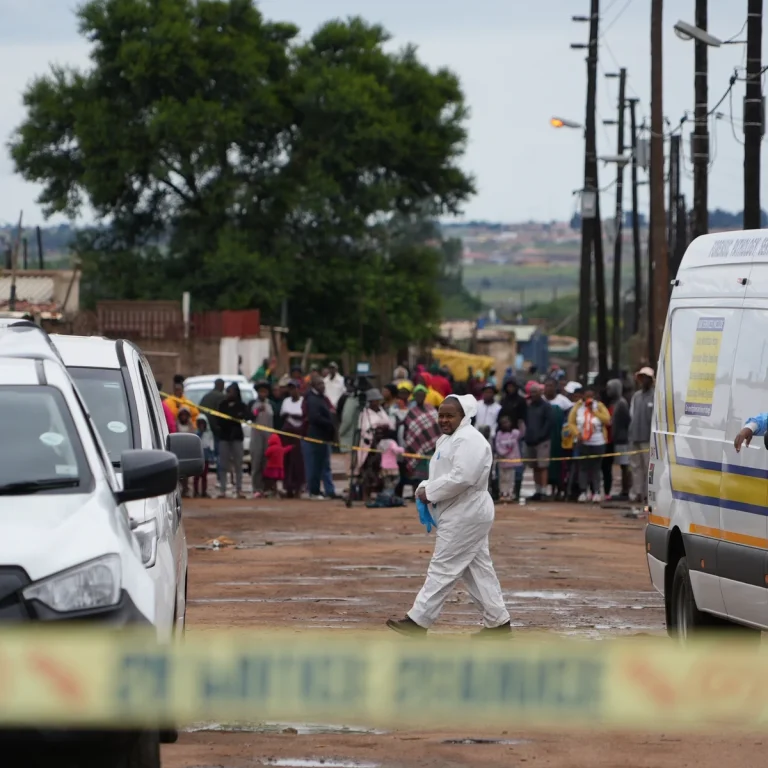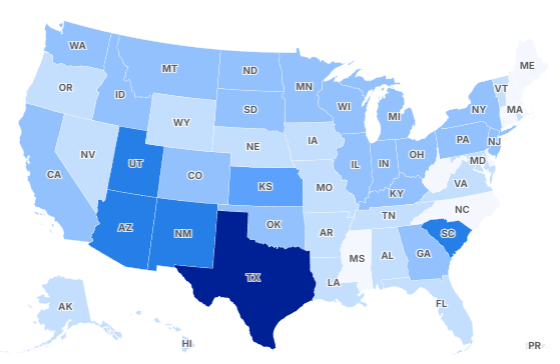Note: Video at the end of the article.
This past week witnessed a surprising confrontation at a government facility that has ignited sharp political discourse across the nation. What began as an attempt by public officials to gain access to a federal site quickly escalated into a highly publicized standoff, raising questions about transparency, oversight, and the balance of power between branches of government.
The facility in question, located in Baltimore, Maryland, became the focal point of a dramatic episode involving elected representatives and federal authorities. Reports surfaced that lawmakers attempted to enter the premises unannounced, only to be denied access by federal personnel. The refusal to permit entry led to protests and heightened tensions on both sides, capturing the attention of media outlets and the general public alike.
As news of the incident spread, it became clear that the underlying issues were far more complex than a mere denied visit. The event sparked fierce debate over congressional authority to conduct oversight, federal agency operational protocols, and the political optics of immigration enforcement.
Federal agencies involved characterized the lawmakers’ approach as disruptive and unauthorized, emphasizing that visits to such sites typically require prior notification and scheduling to avoid interference with official duties. In contrast, the visiting officials framed their actions as a necessary step toward transparency and accountability, expressing frustration with what they described as opaque operations at facilities handling sensitive matters.
The incident unfolded against the backdrop of ongoing national conversations surrounding immigration policy and enforcement. Advocates for stricter border control lauded the federal response, highlighting the need to secure facilities housing individuals charged with criminal offenses. Conversely, critics argued that denying elected representatives entry undermines democratic oversight and the public’s right to information.
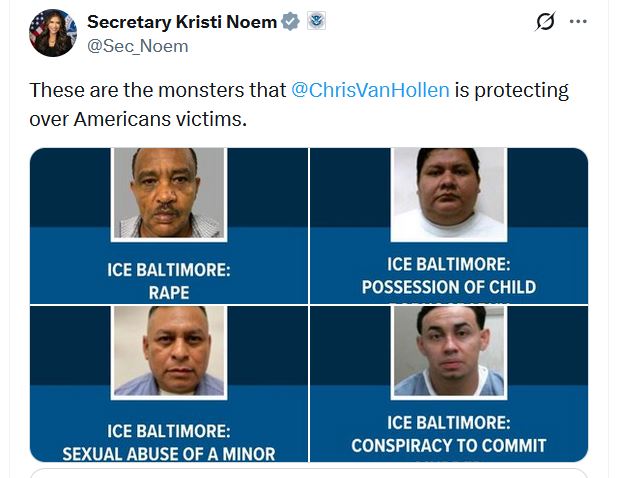
The Crux of the Confrontation
At the center of the controversy were Democratic members of Congress representing Maryland, including senators and representatives, who arrived at the federal site without scheduling their visit in advance. Their goal was to inspect the facility and speak directly with detainees, expressing concern over treatment conditions and legal processes.
Federal Immigration and Customs Enforcement (ICE) officials denied the group entry, explaining that the location was an administrative office rather than a detention center and that visits require formal requests submitted well in advance. This refusal led the lawmakers to stage a sit-in outside the facility, chanting and holding signs to draw public and media attention to their cause.
The Department of Homeland Security (DHS), which oversees ICE, responded sharply to the lawmakers’ actions. DHS Secretary Kristi Noem publicly criticized the visit, accusing the officials of orchestrating a publicity stunt that prioritized political messaging over public safety. To bolster her position, Secretary Noem shared images of several individuals detained at the facility, highlighting alleged criminal histories as justification for stringent security measures.
In an official statement, DHS emphasized the importance of protecting the President’s constitutional authority to oversee executive functions without undue disruption. The agency reiterated policies requiring timely notice and approval for visits to immigration-related facilities, warning that unannounced appearances could hinder operations and jeopardize safety.
Broader Implications and Ongoing Debate
The incident has amplified discussions over the appropriate procedures for congressional oversight of federal facilities, especially those tied to immigration enforcement. Some argue that requiring advanced notice for visits may limit Congress’s ability to conduct spontaneous inspections critical for uncovering mistreatment or abuses.
Others contend that proper protocols exist to ensure both transparency and safety, and that disregard for these procedures by lawmakers risks compromising the operational integrity of sensitive federal sites.
Political commentators and advocacy groups are divided, with some viewing the Maryland lawmakers’ actions as courageous stands for human rights, while others see them as politically motivated attempts to undermine immigration enforcement.
Secretary Noem’s pointed remarks and social media posts have further fueled the partisan nature of the discourse, with supporters applauding her defense of federal law enforcement and critics condemning what they call an aggressive stance against elected representatives performing their oversight duties.
As this debate continues, questions remain about how to balance transparency, security, and respect for institutional boundaries. The incident serves as a microcosm of larger national tensions surrounding immigration, governance, and the limits of political theater.
Watch the Full Coverage of the Event Here:
https://www.youtube.com/watch?v=y5QhRC0j6fU

Emily Johnson is a critically acclaimed essayist and novelist known for her thought-provoking works centered on feminism, women’s rights, and modern relationships. Born and raised in Portland, Oregon, Emily grew up with a deep love of books, often spending her afternoons at her local library. She went on to study literature and gender studies at UCLA, where she became deeply involved in activism and began publishing essays in campus journals. Her debut essay collection, Voices Unbound, struck a chord with readers nationwide for its fearless exploration of gender dynamics, identity, and the challenges faced by women in contemporary society. Emily later transitioned into fiction, writing novels that balance compelling storytelling with social commentary. Her protagonists are often strong, multidimensional women navigating love, ambition, and the struggles of everyday life, making her a favorite among readers who crave authentic, relatable narratives. Critics praise her ability to merge personal intimacy with universal themes. Off the page, Emily is an advocate for women in publishing, leading workshops that encourage young female writers to embrace their voices. She lives in Seattle with her partner and two rescue cats, where she continues to write, teach, and inspire a new generation of storytellers.
